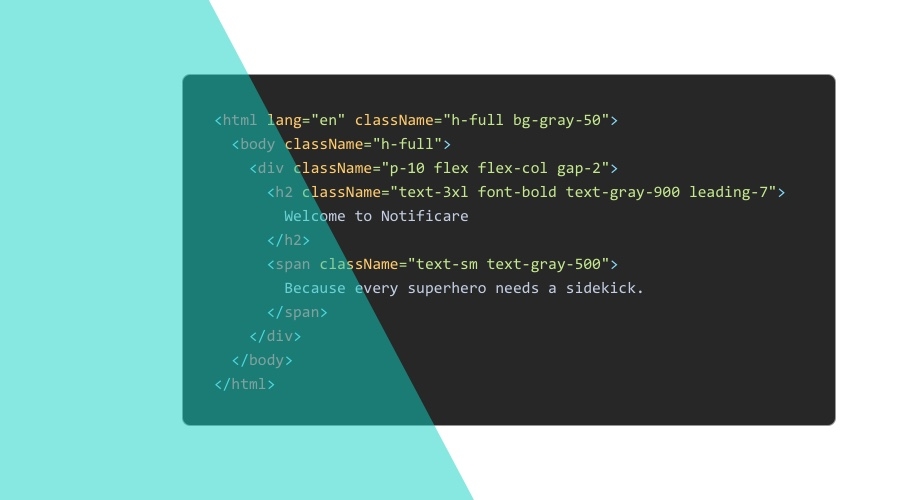In the world of web development, delivering a fast and seamless user experience is paramount. Achieving this requires careful consideration of how your web application or website renders and serves content. Four key rendering approaches have emerged as popular choices: Server-Side Rendering (SSR), Client-Side Rendering (CSR), Incremental Static Regeneration (ISR), and Static Site Generation (SSG). In this comprehensive guide, we'll explore these techniques, their pros and cons, and when to use each of them.
Server-Side Rendering (SSR)
Server-Side Rendering (SSR) is a rendering technique where web pages are generated on the server and then sent to the client as fully rendered HTML documents. This means that when a user requests a page, the server processes the request, fetches data, and dynamically generates the HTML content to be displayed.
Pros and cons of server-side rendering
✅ SEO-Friendly: Search engines can easily crawl and index SSR-rendered pages because they receive fully rendered HTML content.
✅ Initial Load Performance: SSR delivers fast initial page loads since the server provides the complete HTML document.
✅ Improved Accessibility: Content is available as HTML, which is more accessible than JavaScript-rendered content.
❌ Server Load: SSR can put a significant load on the server, especially for high-traffic websites.
❌ Slower Interactivity: Subsequent interactions and page navigations can be slower compared to CSR.
Client-Side Rendering (CSR)
Client-Side Rendering (CSR) is a technique where the server sends a minimal HTML document to the client, which is then augmented with JavaScript on the client side. The JavaScript fetches data from APIs and dynamically renders the page.
Pros and cons of server-side rendering
✅ Improved Interactivity: CSR allows for highly interactive web applications because most of the rendering work happens on the client side.
✅ Faster Subsequent Loads: Once the initial JavaScript bundle is loaded, subsequent navigations can be quicker.
❌ SEO Challenges: Search engines may struggle to index CSR-rendered pages because they often receive minimal HTML content initially.
❌ Slower Initial Load: CSR can lead to slower initial page loads as the client needs to fetch and render JavaScript before displaying content.
Incremental Static Regeneration (ISR)
Incremental Static Regeneration (ISR) is a hybrid approach that combines the benefits of SSR and SSG. It was popularized by frameworks like Next.js. ISR allows you to pre-render pages at build time (SSG), but also allows for incremental updates to pages as new data becomes available.
Pros and cons of server-side rendering
✅ SEO-Friendly: ISR pre-renders pages at build time, making them SEO-friendly like SSR.
✅ Good Initial Load Performance: ISR can deliver fast initial page loads with statically generated content.
✅ Real-Time Updates: Pages can be incrementally regenerated with fresh data as needed, ensuring both speed and accuracy.
❌ Complex Configuration: Implementing ISR can be more complex than traditional SSR or CSR.
❌ Limited Interactivity: While ISR can offer good initial load performance, it may still not match CSR in terms of interactivity.
Static Site Generation (SSG)
Static Site Generation (SSG) is a technique where pages are pre-built at build time, meaning they are fully rendered and ready to serve to users. There is no server-side processing or client-side rendering involved during runtime.
Pros and cons of server-side rendering
✅ Ultimate Speed: SSG provides the fastest possible page loads since there is no rendering or data fetching during runtime.
✅ Cost-Effective Hosting: Hosting static files is typically more cost-effective than maintaining server infrastructure.
✅ High Security: SSG eliminates server-side vulnerabilities since there's no server-side processing.
❌ Limited Interactivity: Highly dynamic applications may struggle with SSG due to the lack of real-time updates.
❌ Build Time Overhead: Generating static pages at build time can be time-consuming for large websites.
Conclusion
Choosing the right rendering approach depends on your project's requirements. Server-Side Rendering (SSR) is suitable for SEO-sensitive applications, while Client-Side Rendering (CSR) excels in interactivity. Incremental Static Regeneration (ISR) combines both for the best of both worlds. Lastly, Static Site Generation (SSG) is ideal for blazing-fast, secure, and cost-effective websites. Carefully evaluate your project's goals and constraints to determine which technique aligns best with your needs.
As always, we hope you liked this article, and if you have anything to add, we are available via our Support Channel.


